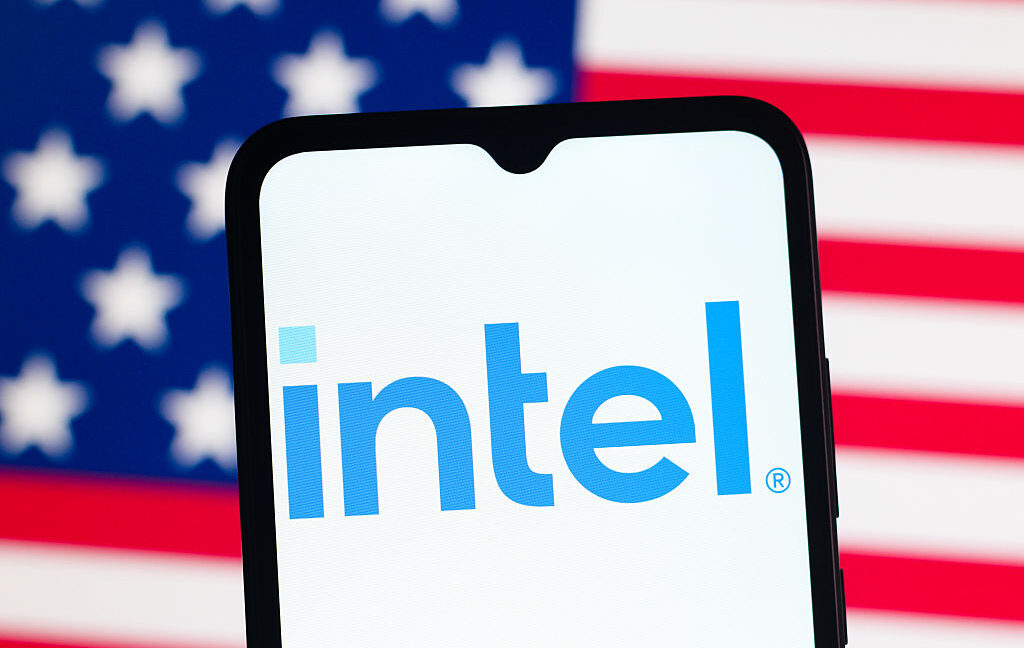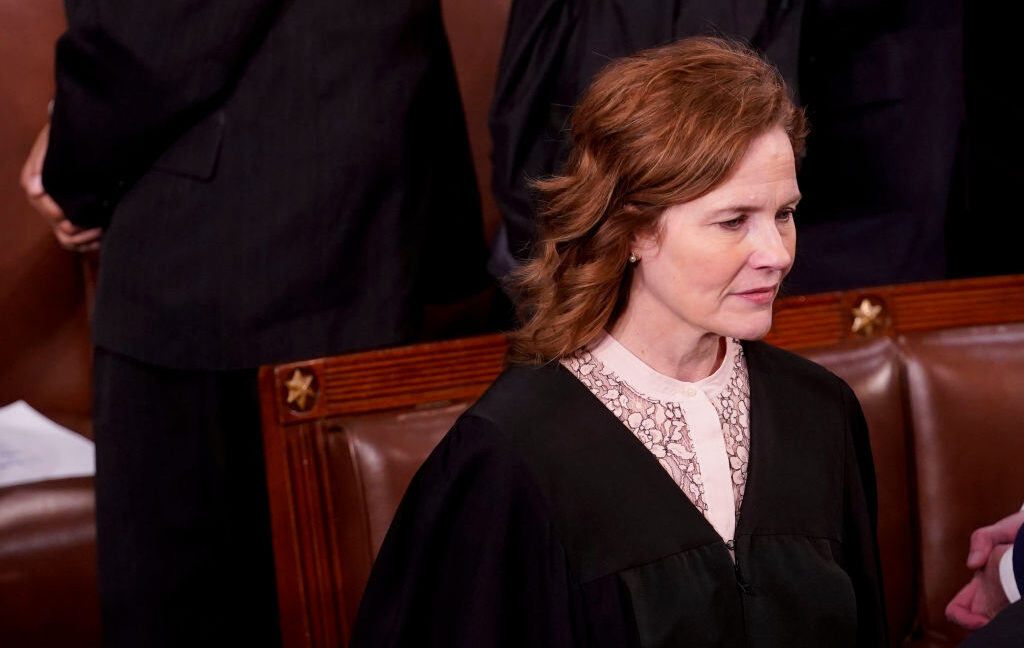FTC claims Gmail filtering Republican emails threatens “American freedoms”
Ferguson said that “similar concerns have resulted in ongoing litigation against Google in other settings” but did not mention that a judge rejected the Republican claims.
“Hearing from candidates and receiving information and messages from political parties is key to exercising fundamental American freedoms and our First Amendment rights,” Ferguson’s letter said. “Moreover, consumers expect that they will have the opportunity to hear from their own chosen candidates or political party. A consumer’s right to hear from candidates or parties, including solicitations for donations, is not diminished because that consumer’s political preferences may run counter to your company’s or your employees’ political preferences.”
Google: Gmail users marked RNC emails as spam
The RNC’s appeal of its court loss is still pending, with the case proceeding toward oral arguments. Google told the appeals court in April that “the Complaint’s own allegations make it obvious that Gmail presented a portion of RNC emails as spam because they appeared to be spam…. The most obvious reason for RNC emails being flagged as spam is that Gmail users were too frequently marking them as such.”
Google also said that “the RNC’s own allegations confirm that Google was helping the RNC, not scheming against it… The RNC acknowledges, for example, that Google worked with the RNC ‘[f]or nearly a year.’ Those efforts even included Google employees traveling to the RNC’s office to ‘give a training’ on ‘Email Best Practices.’ Less than two months after that training, the last alleged instance of the inboxing issue occurred.”
While the RNC “belittles those efforts as ‘excuses’ to cover Google’s tracks… the district court rightly found that judicial experience and common sense counsel otherwise,” Google said. The Google brief quoted from the District Judge’s ruling that said, “the fact that Google engaged with the RNC for nearly a year and made suggestions that improved email performance is inconsistent with a lack of good faith.”
FTC claims Gmail filtering Republican emails threatens “American freedoms” Read More »












